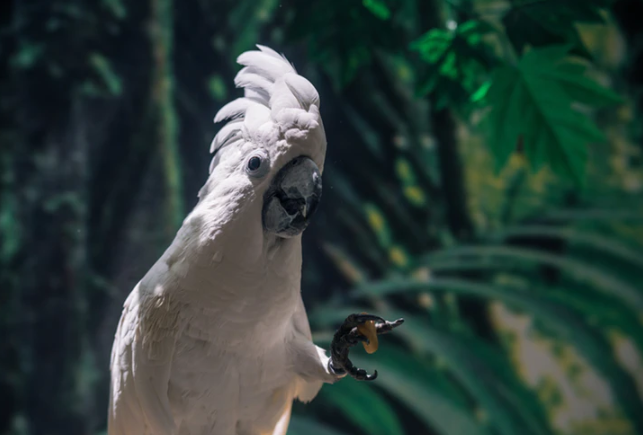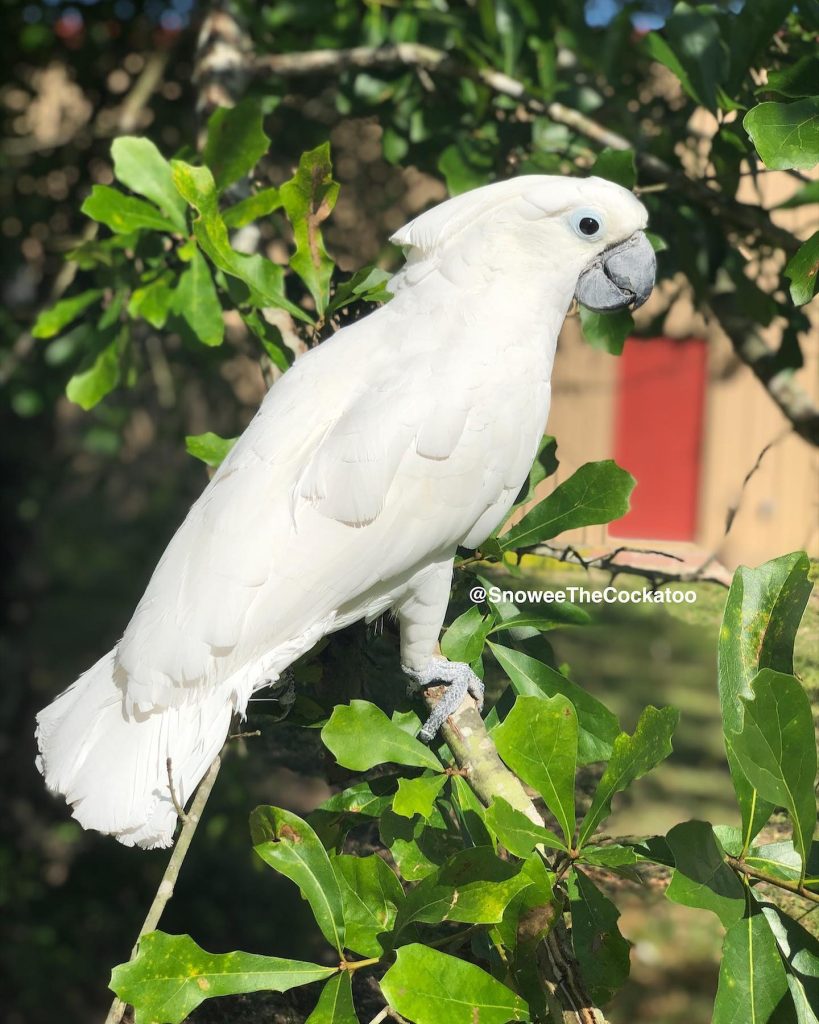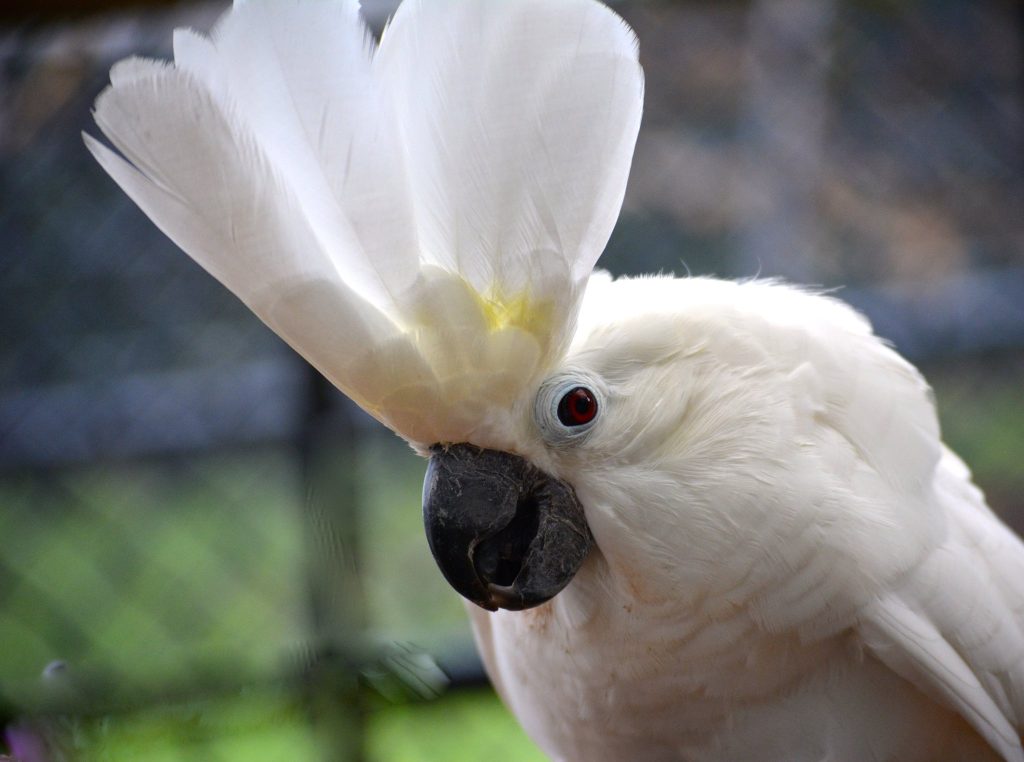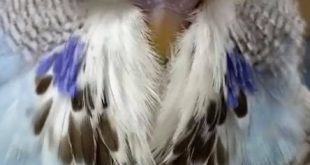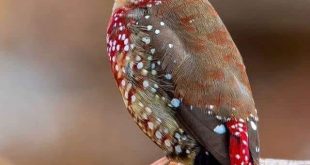There is a little bit of difference in White or Umbrella cockatoo (lemon or pale yellow color under the wings and tail) which set them apart from other cockatoos such as Sulphur Crested, Yellow Crested and Salmon Crested Cockatoo. They have almost all white color from the upper surface of the feathers. These Cockatoos is also known as the name of Ayab in the Burmeso Language in Indonesia.
Umbrellas are kept as pets since they can exceptionally love, bond intimately with individuals and are esteemed for their attractive beauty. They are big noisier among many parrots, can learn large number of words and whisking as a pet. White Cockatoos have a big and very strong beak, can damage human’s finger easily.
What is White Umbrella Cockatoo’s Size and Weight?
The White Cockatoo Male commonly has a greater bill and more extensive head than the female cockatoo.
Umbrella Cockatoos (Cacatua alba) are large parrots known for their striking appearance and unique crest.
Here are some general measurements and characteristics for Umbrella Cockatoos:
- Length: On average, adult Umbrella Cockatoos can range in length from about 18 to 22 inches (45 to 56 cm) from the top of their heads to the tips of their tails.
- Weight: Adult Umbrella Cockatoos typically weigh around 1.5 to 1.8 pounds (680 to 820 grams).
- Crest: One of the most distinctive features of Umbrella Cockatoos is their large, white crest of feathers that they can raise and lower on top of their heads. When fully raised, the crest resembles an umbrella, which is how they got their name.
- Coloration: Umbrella Cockatoos have white plumage overall, with some yellow or pale peachy undertones on their cheeks and the underside of their wings. They have dark eyes and beaks.
How Long do Umbrella Cockatoo live?
Umbrella Cockatoos are known for their long lifespans. In captivity, they can live for an average of 40 to 60 years or even longer with proper care.
Some individuals have been known to live well into their 70s.
However, it’s important to note that the lifespan of a cockatoo can be influenced by factors such as diet, environment, veterinary care, and overall well-being.
Because of their long lifespan, adopting an Umbrella Cockatoo is a significant commitment that requires careful consideration and planning.
These birds can become lifelong companions, and their care needs will evolve over time.
Before bringing an Umbrella Cockatoo into your home, it’s crucial to be prepared for the responsibilities associated with their care for many years to come.
Consider your family’s lifestyle, commitment level, and ability to provide for the bird’s physical and emotional needs.
If you’re uncertain, it might be a good idea to spend time with Umbrella Cockatoos before making a decision to ensure that they are the right fit for your family.
Consulting with avian experts and experienced bird owners can also provide valuable insights.
When White Umbrella Cockatoos Breeding?
The Umbrella Cockatoos are adult to sex in the age of Four to Five years. Once an adult bonded breeder pair is ready to breed for nesting, separate from other birds’ gathering and quest for a search of suitable hollow cavity.
They breed in the Hollows of huge trees; there are commonly 2 white eggs in a clutch. A Male and Female hatch the eggs after 30 days of incubating.
Umbrella Cockatoo’s Chicks leave the hollows in 90 days and self in the age of 15 to 18 weeks.
What is best food for Umbrella Cockatoo?
A well-balanced and varied diet is essential for the health and well-being of Umbrella Cockatoos.
Their diet should include a combination of high-quality commercial pellets, fresh fruits, vegetables, and limited amounts of nuts and seeds.
Feeding of White Cockatoo in Wild
They collect feed from the wild such as fruits; seeds and nuts etc. umbrella cockatoos enjoy the trees branches, and fruits for chewing.
White cockatoos collect feed on growing fields; they do considerable harm and are therefore considered crop bugs by farmers.
Here’s a breakdown of the ideal food components for Umbrella Cockatoos in Captivity:
Pellets: High-quality commercial pelleted diets designed for large parrots can form the foundation of your Cockatoo’s diet.
Look for pellets that are specifically formulated for Cockatoos or large parrots. Pellets provide essential vitamins, minerals, and nutrients in a balanced manner.
Fresh Fruits: Offer a variety of fresh fruits daily. Examples include apples, pears, berries, oranges, and melons. Avoid feeding fruits that are high in sugar, such as grapes and bananas, in excessive amounts.
Fresh Vegetables: Provide a diverse selection of fresh vegetables, including leafy greens like kale, spinach, and collard greens, as well as carrots, bell peppers, sweet potatoes, and more. These vegetables offer important vitamins and minerals.
Limited Nuts and Seeds: While nuts and seeds can be included in the diet, they should be offered in moderation due to their high fat content. Suitable options include unsalted almonds, walnuts, and sunflower seeds.
Healthy Treats: Occasional treats can include whole grains, cooked pasta, and small amounts of cooked lean meats. These should be provided in small quantities to prevent overindulgence.
Water: Always provide fresh, clean water for your Cockatoo to drink.
It’s important to avoid feeding certain foods that can be harmful to Cockatoos, including avocados, chocolate, caffeine, alcohol, and foods high in salt or sugar.
Additionally, while offering a variety of foods is important, be cautious about sudden diet changes, as Cockatoos can be sensitive to dietary shifts.
Consult with an avian veterinarian or an avian nutrition expert to create a diet plan that meets the specific nutritional needs of your Umbrella Cockatoo.
Regular veterinary check-ups can also help ensure that your bird remains healthy and receives appropriate dietary guidance.
What size Cage is an ideal for Umbrella Cockatoo?
An ideal cage size for an Umbrella Cockatoo should provide ample space for the bird to move around, stretch its wings, and engage in natural behaviors.
Since Umbrella Cockatoos are large and active birds, their cage should be spacious enough to ensure their physical and mental well-being.
Keep in mind that the following are general guidelines, and larger cages are always better for these birds:
Minimum Cage Size: A suitable minimum cage size for an Umbrella Cockatoo is around 4 feet by 4 feet by 6 feet (approximately 1.2 meters by 1.2 meters by 1.8 meters). This provides enough room for the bird to move around, stretch its wings, and climb.
Bar Spacing: The spacing between the bars should be no wider than 1 inch (2.5 centimeters) to prevent the bird from getting its head stuck between the bars.
Bar Thickness: Choose a cage with sturdy bars, as Cockatoos are known to be strong chewers. Wrought iron or powder-coated steel cages are good options.
Horizontal Space: Cockatoos love to climb and move horizontally across the cage. Look for a cage that provides horizontal bars or branches for climbing.
Perches and Enrichment: Include a variety of perches of different sizes and textures to promote foot health. Additionally, provide plenty of toys, foraging opportunities, and mental stimulation to prevent boredom.
Door Size: The cage should have large enough doors to allow for easy access for cleaning, feeding, and interacting with the bird.
Remember that a cage is not a substitute for out-of-cage time and interaction.
Umbrella Cockatoos require daily supervised out-of-cage playtime to exercise and engage with their human companions.
A larger cage and ample out-of-cage time will contribute to the well-being and happiness of your Cockatoo.
Always strive to provide the best living environment for your bird. If you have the space and resources, consider getting the largest cage possible.
Before purchasing a cage, it’s a good idea to research and consult with avian experts to ensure that the cage size meets the specific needs of your Umbrella Cockatoo.
What is Cost of Umbrella Cockatoo Baby in USA?
As of my last knowledge update in September 2021, the cost of an Umbrella Cockatoo baby in the USA can vary widely depending on factors such as the bird’s age, location, breeder reputation, and any additional services or items included in the purchase.
On average, you might expect to pay around $1,000 to $2,500 or more for an Umbrella Cockatoo baby from a reputable breeder.
However, please keep in mind that prices can change over time and can vary based on market demand and availability.
It’s also important to note that the initial purchase price is just one aspect of the overall expenses associated with owning a pet bird.
You’ll also need to consider ongoing costs such as housing, proper nutrition, veterinary care, toys, and other supplies.
To get the most accurate and up-to-date information on the cost of an Umbrella Cockatoo baby in the USA, I recommend contacting reputable avian breeders in your area or checking online avian marketplaces.
Always prioritize adopting or purchasing from reputable sources that prioritize the well-being of the birds.
We have posted Some White or Umbrella Cockatoos’ Gallery.
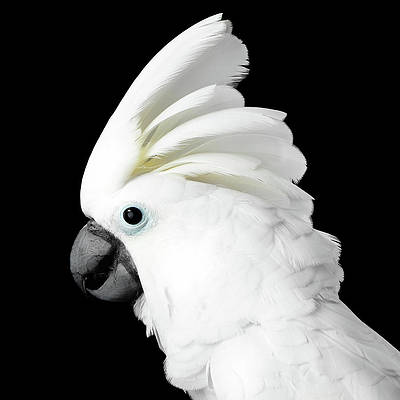
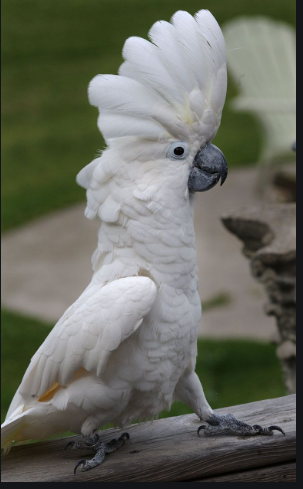
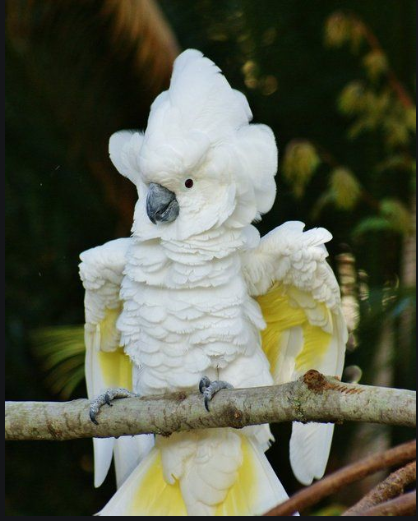
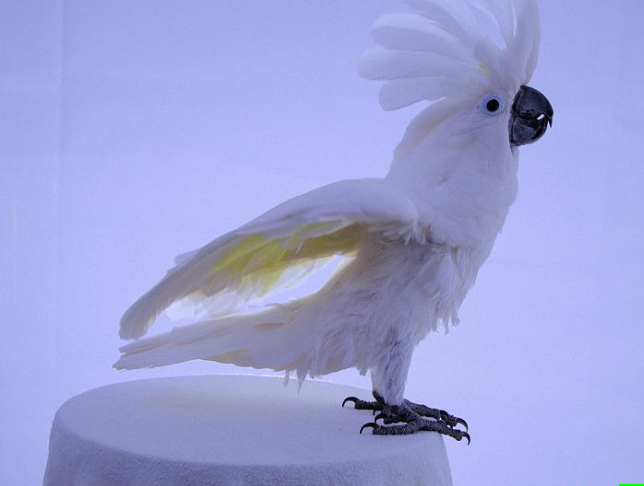

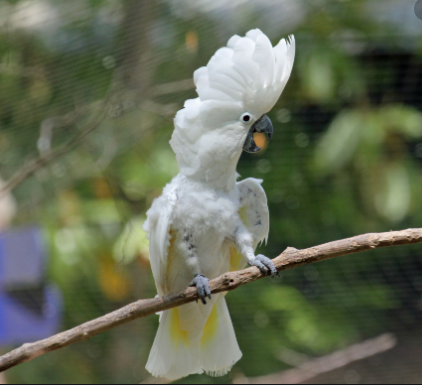


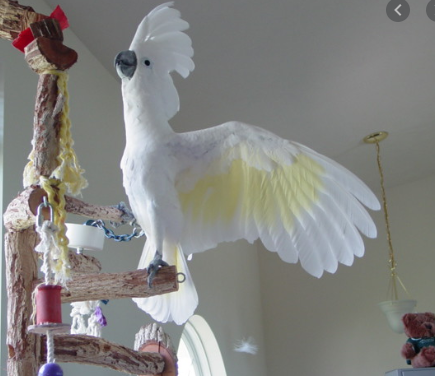
Is Umbrella Cockatoo good for family as a pet?
Umbrella Cockatoos can potentially make good pets for families, but there are important factors to consider before bringing one into your household. Here are some points to keep in mind:
Long Lifespan: Umbrella Cockatoos have a long lifespan, often living for several decades. This means that they can be a long-term commitment that spans many years, even decades. Families considering an Umbrella Cockatoo should be prepared for this long-term commitment.
Social and Interactive: Cockatoos are highly social and intelligent birds that require a lot of mental stimulation and interaction. They thrive on attention and can develop behavioral issues if they don’t receive enough mental and physical stimulation. This means that they will need significant time and interaction from their human caregivers.
Noise Level: Cockatoos, including Umbrella Cockatoos, can be noisy birds. They are known for their loud calls and vocalizations. This can be both a positive and negative aspect, as their vocalizations can be endearing but may also be disruptive in a household setting.
Training and Socialization: Proper training and socialization are essential for Umbrella Cockatoos to be well-adjusted pets. Early and consistent training can help prevent behavior problems and create a positive relationship between the bird and the family.
Space Requirements: Cockatoos are large birds that require a spacious cage and plenty of out-of-cage time for exercise and mental enrichment. Families need to ensure they have the space to accommodate the bird’s needs.
Allergies and Health Concerns: Some family members might have allergies to bird dander or feathers. Additionally, proper hygiene and care are essential to prevent health issues for both the bird and the humans in the household.
Children: Cockatoos can form strong bonds with individual family members, but they might not be suitable for households with very young children. Children need to be taught how to interact with the bird safely and respectfully, as birds can become stressed or frightened by sudden movements or loud noises.
Financial Considerations: Owning a cockatoo comes with significant financial responsibilities, including the cost of the bird itself, proper housing, food, toys, and regular veterinary care.
Before bringing any bird, including an Umbrella Cockatoo, into your family, it’s crucial to thoroughly research the species’ characteristics, needs, and potential challenges.
How we can find Umbrella Cockatoo Egg for Sale Uk and USA?
It’s important to prioritize the ethical treatment and well-being of animals, and the sale of live animals and their eggs can be subject to regulations and ethical considerations.
If you’re interested in obtaining a pet bird, I would strongly advise considering adoption from reputable bird rescues or adopting from individuals who are looking to rehome their birds.
This helps ensure that you’re giving a loving home to a bird in need.
If you’re interested in breeding birds, it’s important to thoroughly research the legal and ethical aspects of breeding, as well as the specific care requirements for the species you’re considering.
For accurate and responsible information on obtaining birds or their eggs, I recommend contacting avian organizations, bird clubs, and veterinarians who specialize in avian care.
Always prioritize the well-being and ethical treatment of animals in your decisions.
